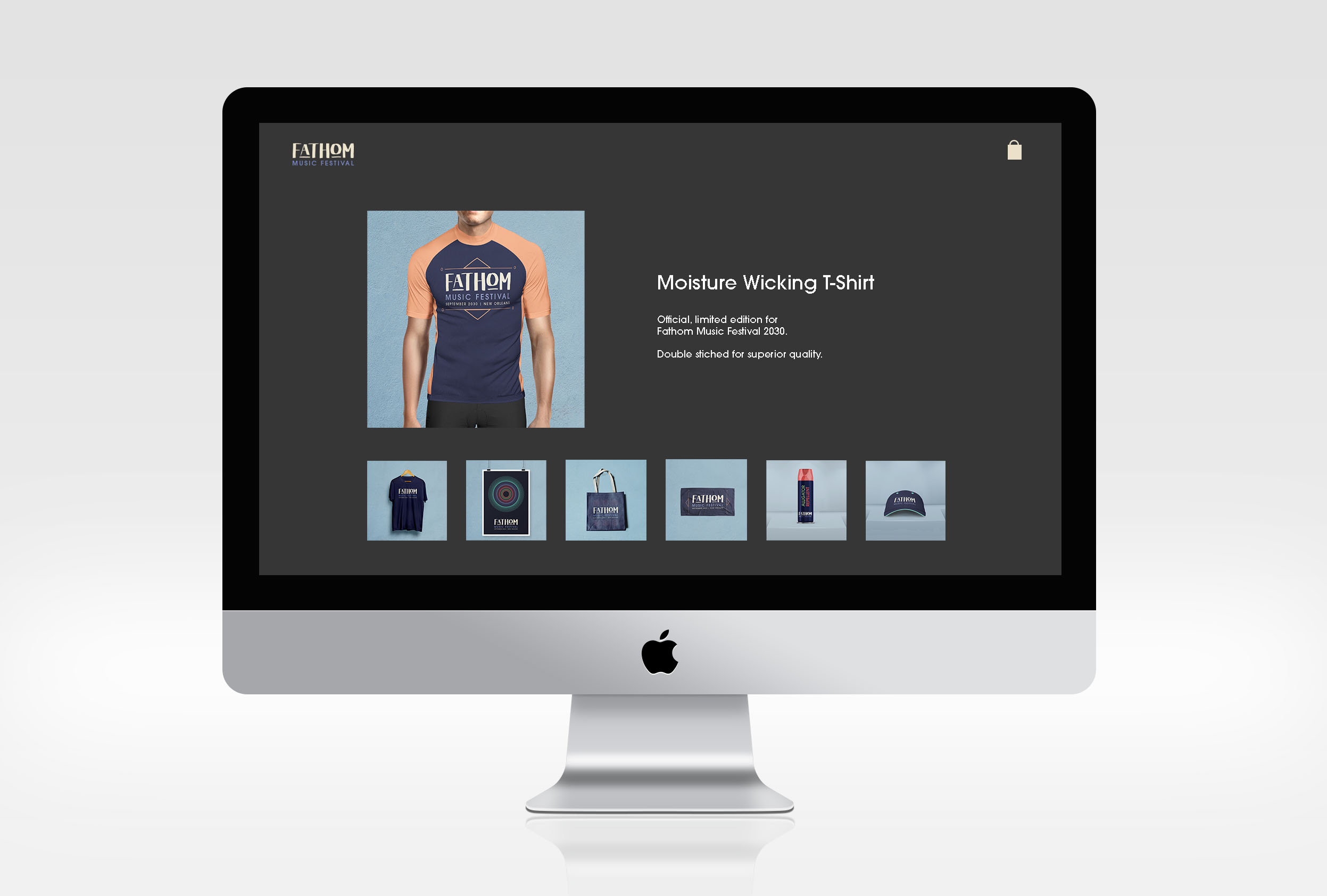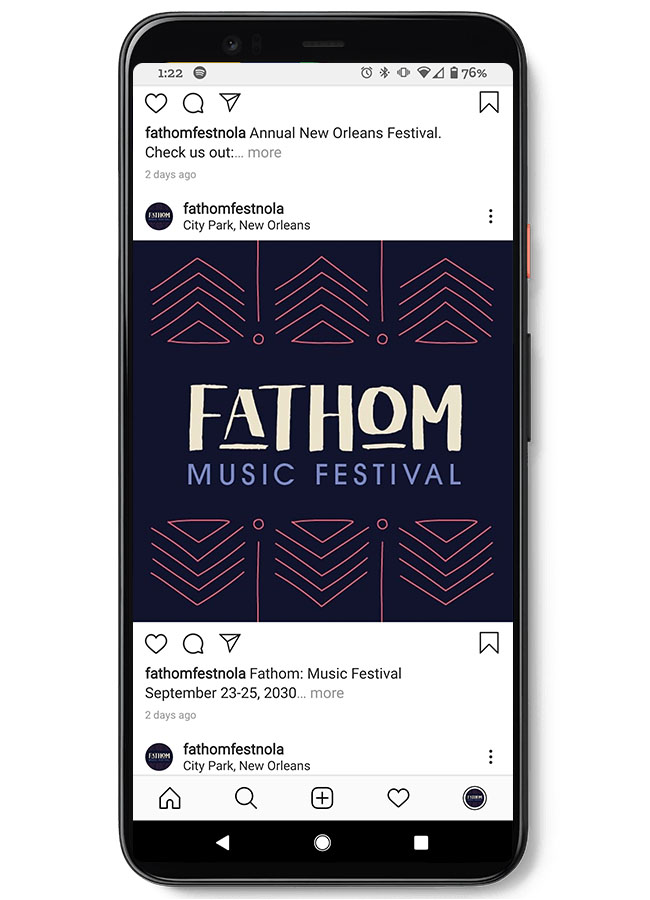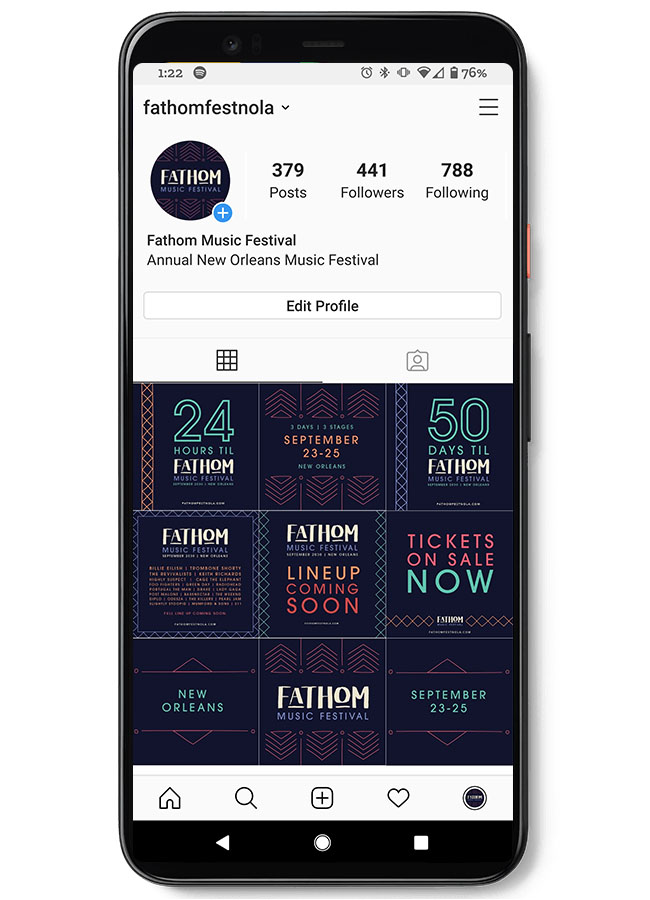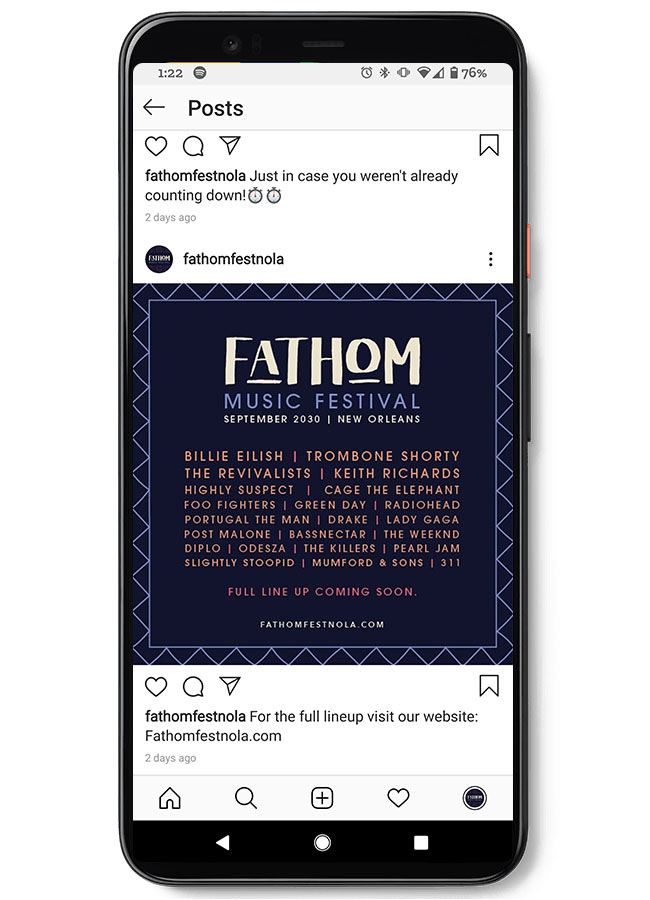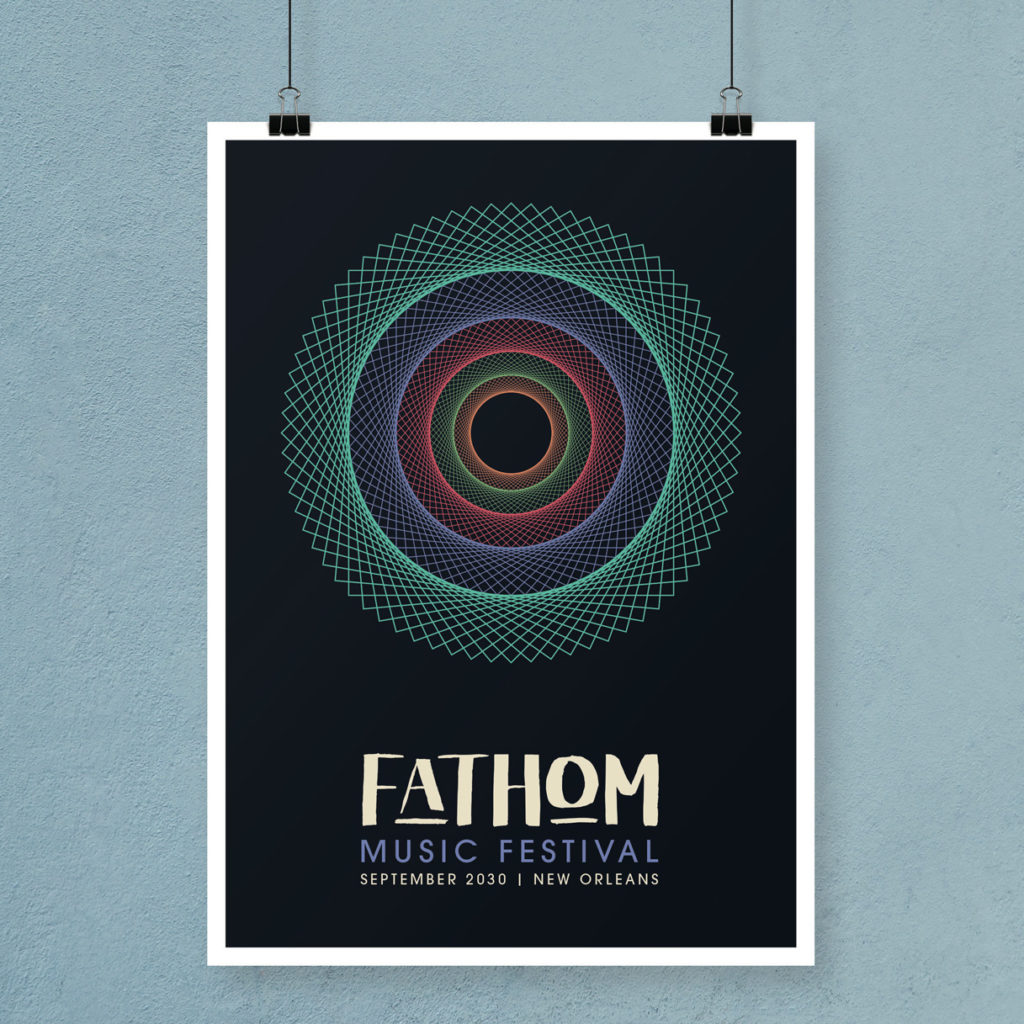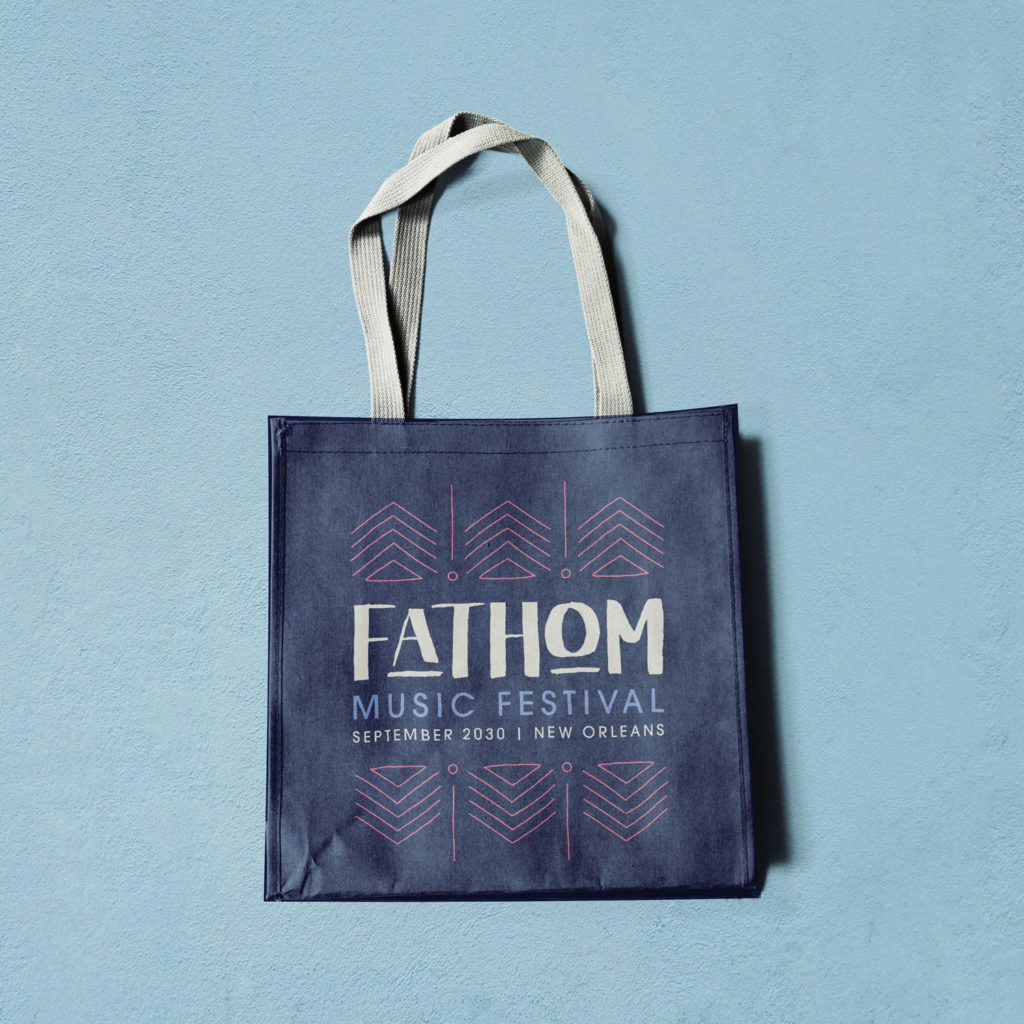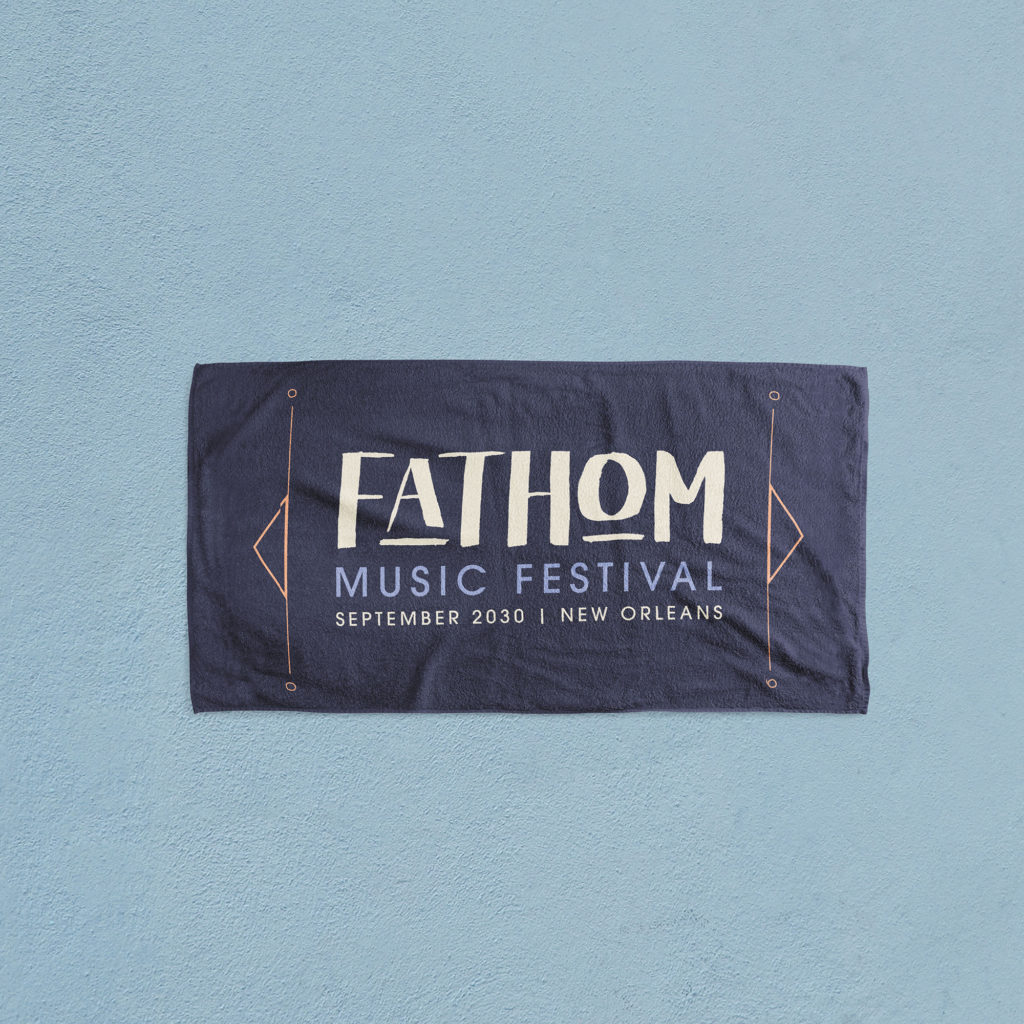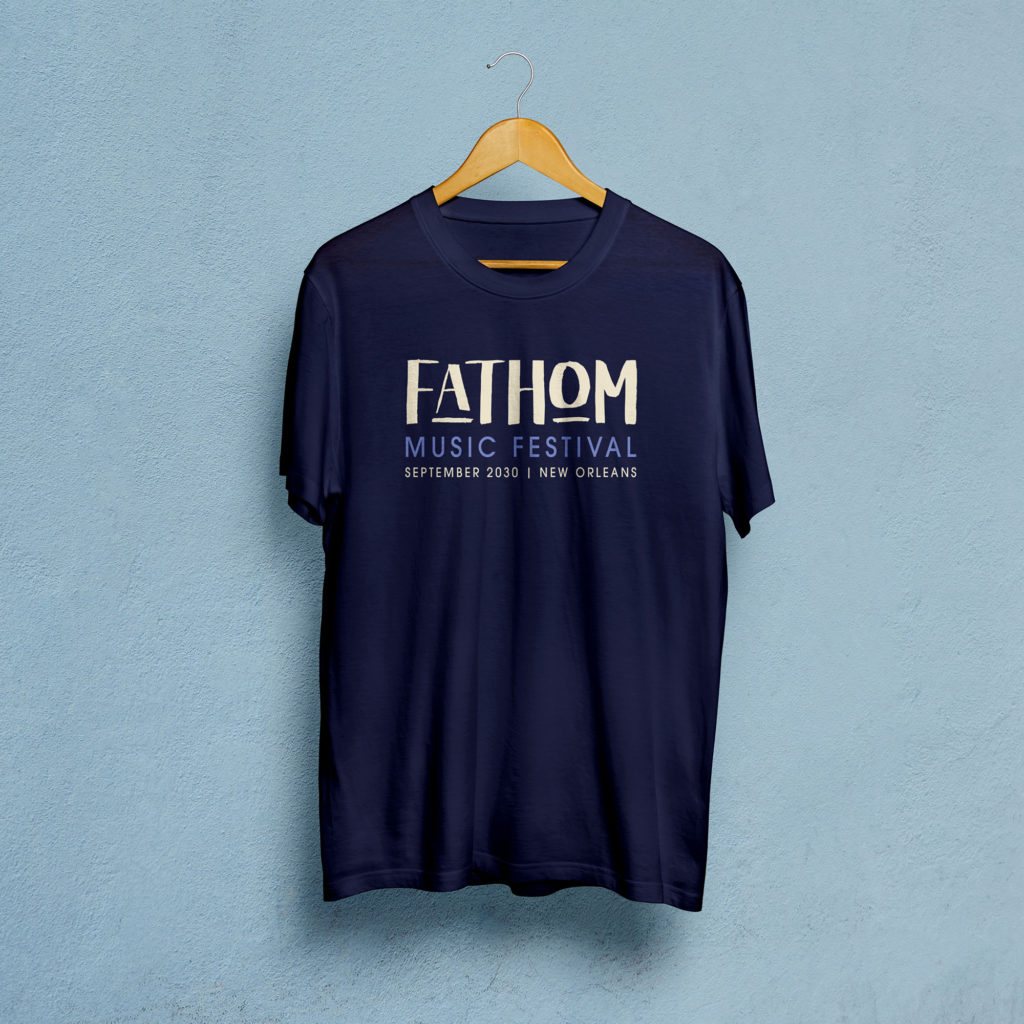New Orleans is surrounded by a man-made concrete bowl to protect the city as it continues to sink below sea level. The city is surrounded by threats from Lake Pontchartrain, the Mississippi River, and the Gulf of Mexico. As Louisiana barrier islands and coastal wetlands disappear at alarming rates, scientists believe New Orleans may be surrounded by the Gulf of Mexico within the next 75 years.
This doesn’t begin to factor in the possibility of a man-made protective system failing, which would flood the city even sooner. These possibilities cannot be ruled out considering they have happened before. The levees broke during a hurricane just 15 years ago, and the pumps have failed during thunderstorms over the past few years. Studies by the Army Corps of Engineers show the current system is in urgent need of repair and may fail to reduce risk as soon as 2023.
The city has seen floods of various severities, and yet it still stands. Citizens don’t often want to consider the possibility of the city permanently drowning or flooding, and who would? Despite all odds, New Orleans has survived this long, and even if the city takes on some water, this culture won’t die. The citizens will adapt as they have before and the celebration of unique food, partying and music will last generations.
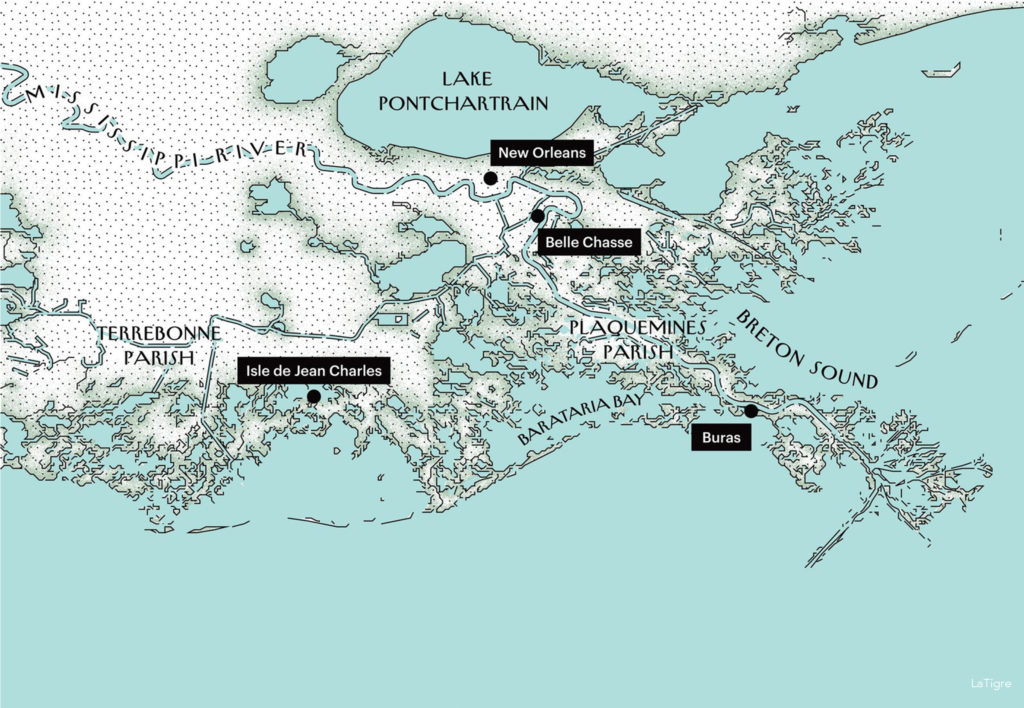
Above is the typical depiction of Southeast Louisiana on a map.

Above is the more accurate depiction of what solid land remains in Southeast Louisiana as the coastline continues to recede.
Why a music festival?
I have always had an interest in music and my native city of New Orleans. For my capstone project I chose to brand a music festival set in the future sunken city of New Orleans. The music festival is an essential example of New Orleans culture, which will outlive us all, no matter the setting. New Orleans is known to have a “festival season” and Fathom Fest is in the lineup for 2030!
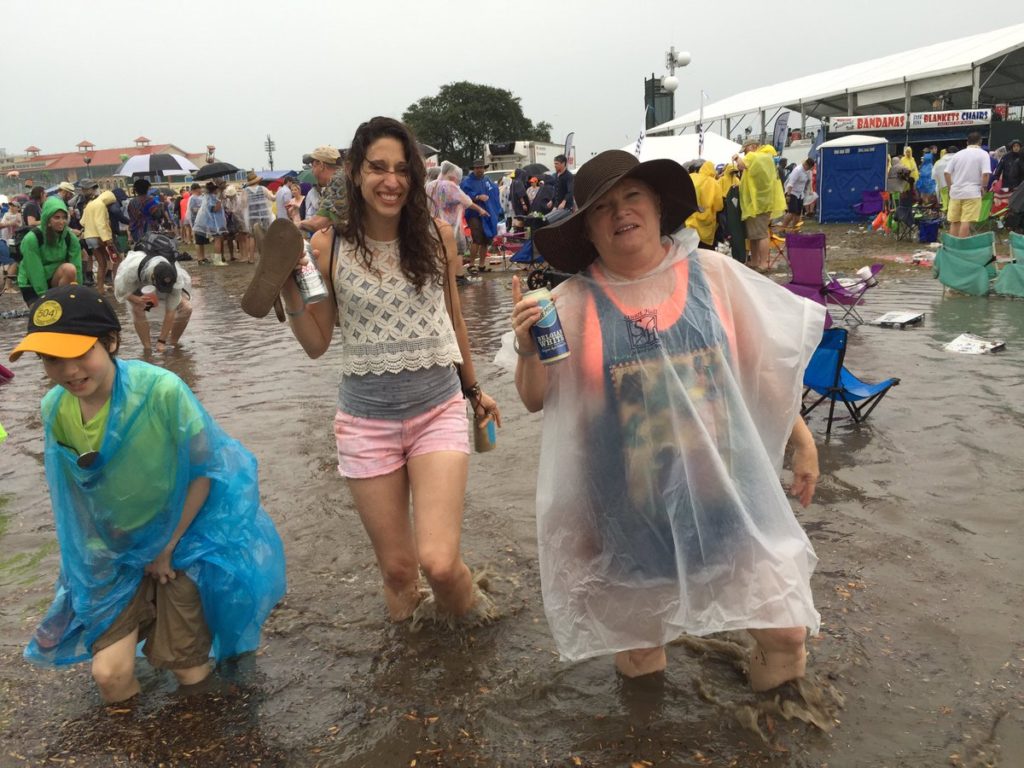
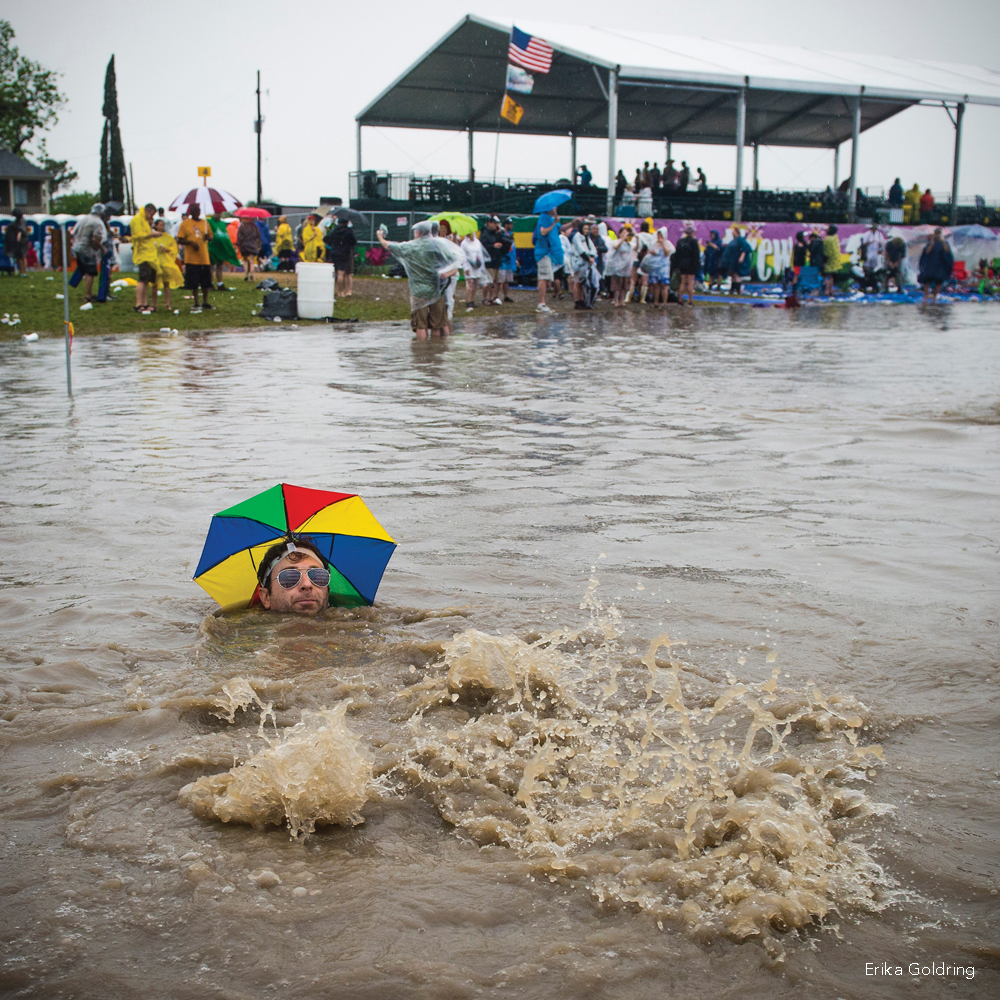
Fathom Fest

Official logo for Fathom: Music Festival.
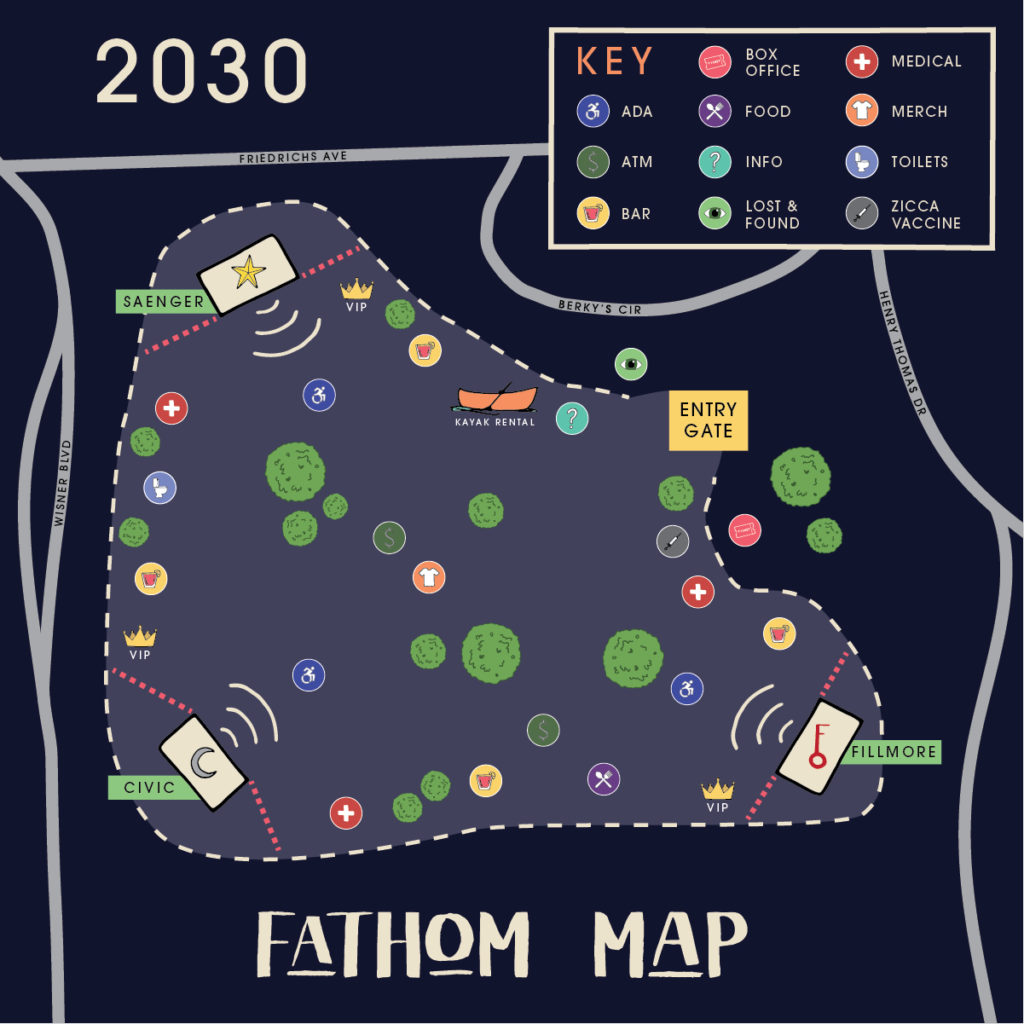
The festival is set in the old fairgrounds of City Park.
Social Media Graphics:
Fathom Fest 2030
Festival Merch
